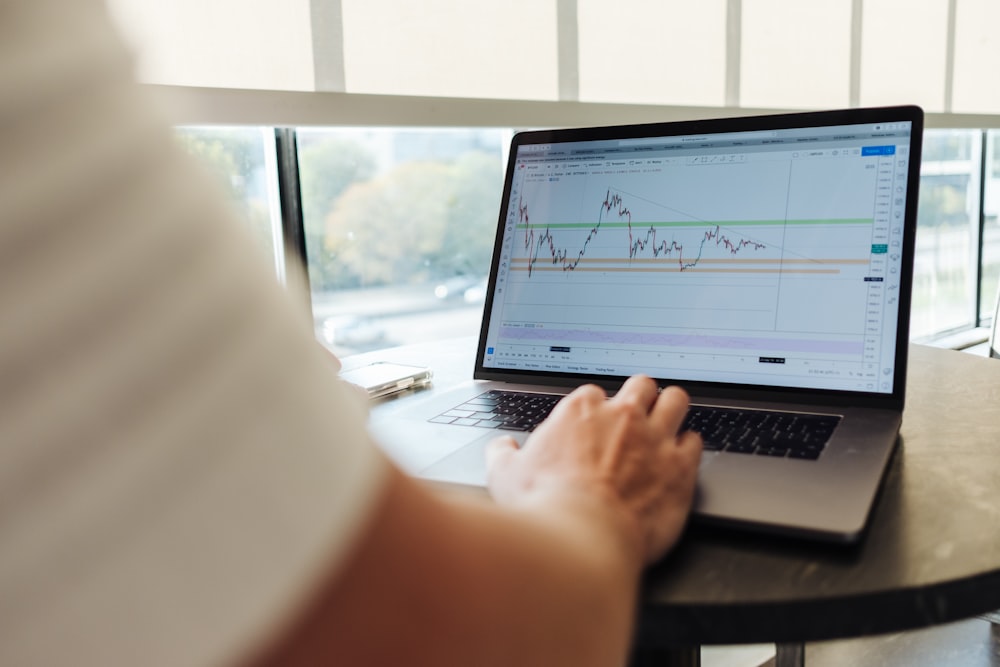Rare S&P 500 Stasis Reflects Key Investing Tenet
Image Source: Unsplash
The brain-trust behind the benchmark S&P 500 Index (SPX) made a bold move: it did nothing. For the first time in more than three years, no new companies were added to the tracker aimed at representing the overall market’s performance. It’s a reminder of an uncomfortable truth about investing: the best move is often just sitting tight.
The panel’s calculated restraint stems from a selection process that is both quantitatively rigorous and strategically discretionary. Analysts and economists from S&P Dow Jones Indices, a joint venture between financial data giant S&P Global and exchange operator CME, evaluate potential index candidates against exacting criteria, which include at least a $20.5 billion market value and 50% public float. This time around, they passed on 27 eligible entrants, including money manager Blue Owl Capital, online car dealership Carvana and specialty insurer Markel Group, among others.
For investment shops that feast on readjusted stock baskets, the status quo lands at an awkward time. Once-reliable arbitrage opportunities have delivered increasingly marginal returns since 1995, according to S&P Dow Jones Indices. Index rebalancing teams at Millennium Management, the $61 billion hedge fund manager, lost $900 million this year through March simply from market convulsions, Bloomberg reports.
The chart displays median excess returns versus the S&P 500 index for additions and deletions from the announcement date to the effective date.
Additions and subtractions to the S&P 500 go broadly unnoticed by most investors. About 90% of such changes occur between scheduled quarterly updates, with an average of 25 companies entering and exiting annually. Most aren’t even committee decisions, but rather corporate inevitability. Roughly 70% of departures result from events such as mergers and acquisitions.
This month’s standstill provides everyday investors with a rare respite from Wall Street’s byzantine machinery. Institutional rebalancing costs index followers roughly $16 billion annually by creating exploitable price patterns, according to a study published in March. When indices are due to adjust, hedge funds try to capitalize on predictable trades that big funds must execute, parasitically forcing them to pay inflated prices.
Deliberate inertia by S&P 500 Index designers mirrors an important hallmark of longer-term investing. Today’s volatile mix of geopolitical and policy unrest makes the impulse to act nearly irresistible, and nearly always wrong. The only thing more dependable than owning a broadly diversified gauge of large stocks is one with the discipline to leave well enough alone.
Context News
S&P Dow Jones Indices said on June 6 that it had made no changes to S&P 500 Index constituents, the first unchanged quarterly rebalancing since March 2022.
More By This Author:
BlackRock Signals A Cautious $35 Bln QuestEuropean ETF Flows Are Back On Track In May
S&P 500 Earnings Dashboard 25Q1 - Friday, June 13
Disclaimer: This article is for information purposes only and does not constitute any investment advice.
The views expressed are the views of the author, not necessarily those of Refinitiv ...
more




